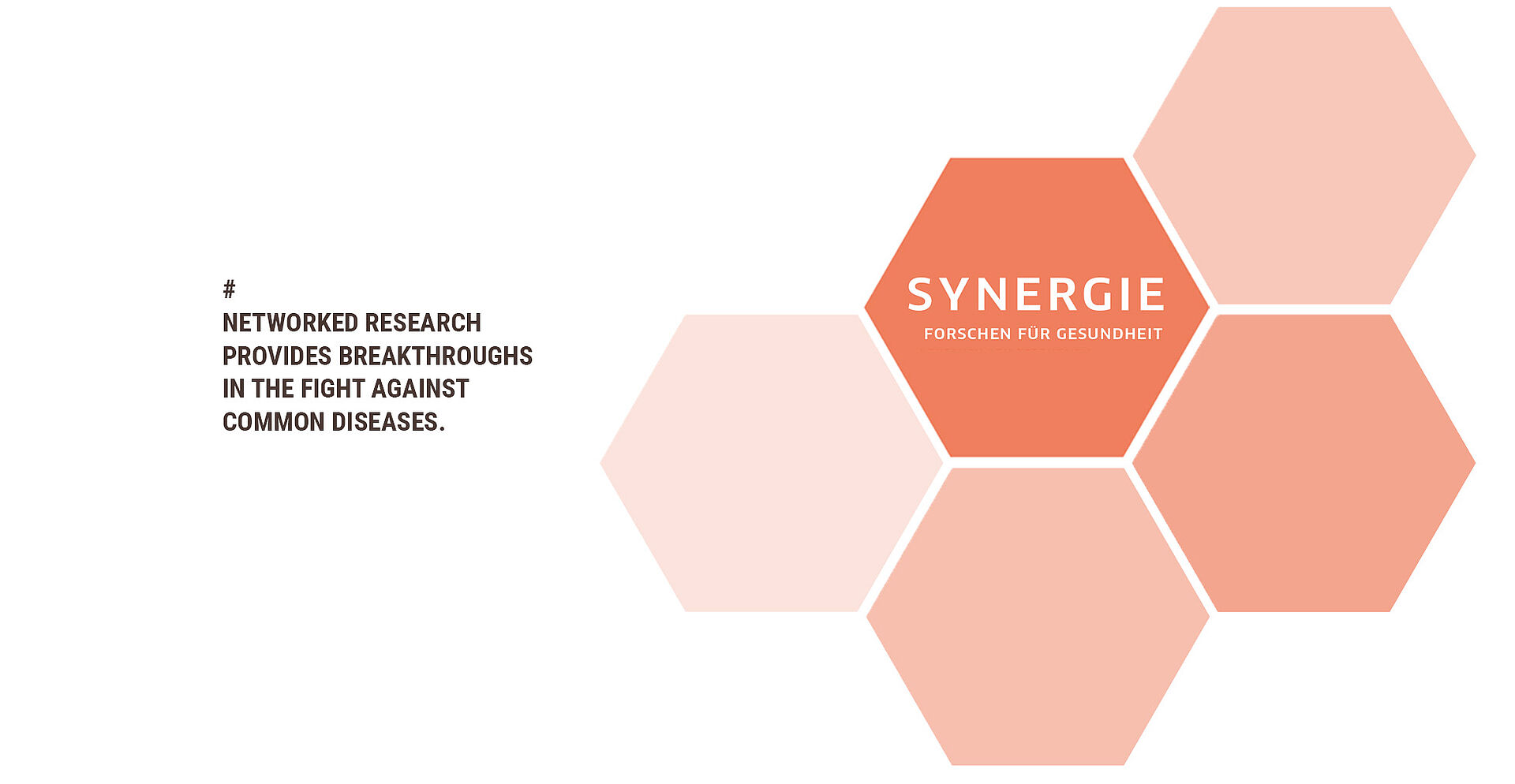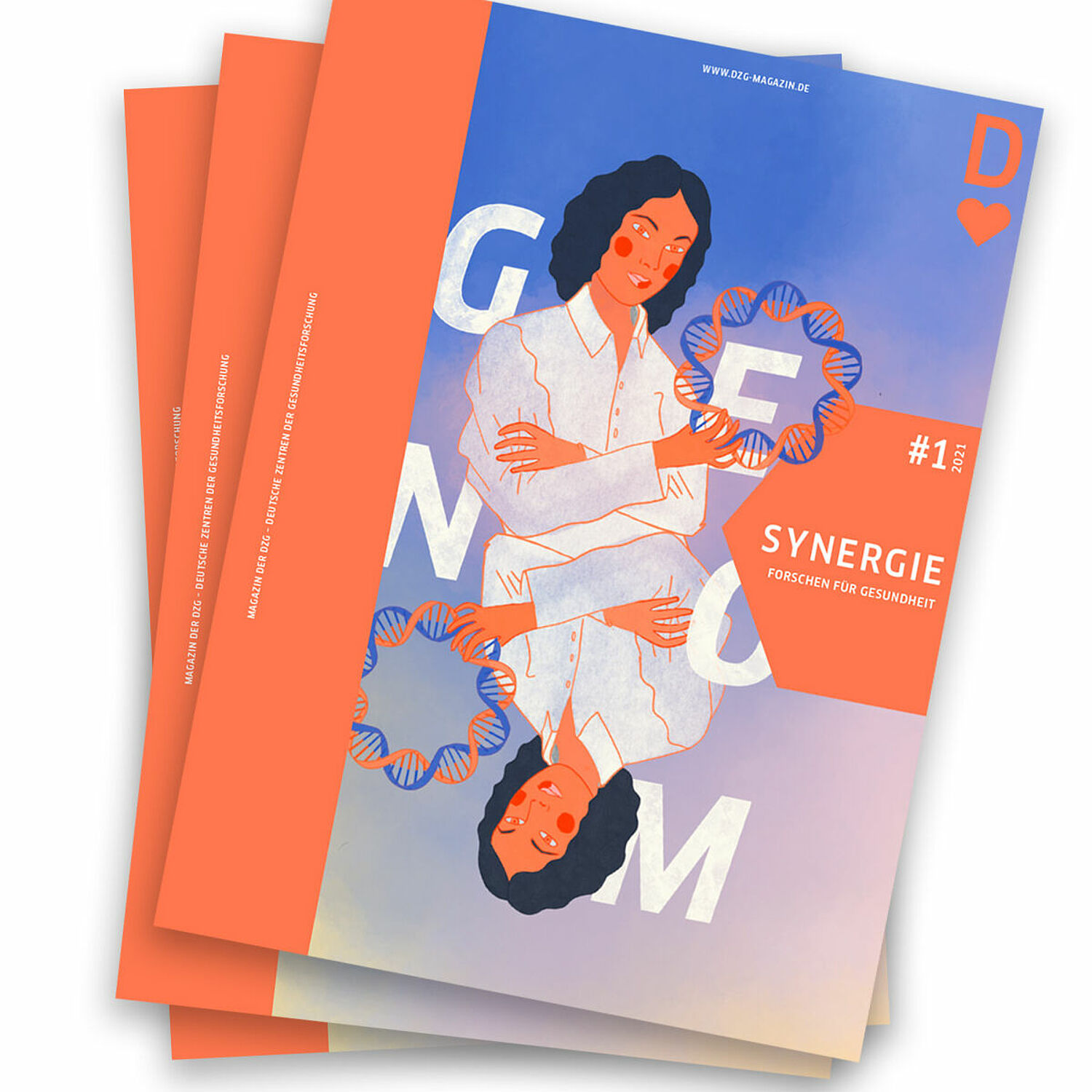Genetic research goes around the world
The search for a therapy for the hitherto incurable Parkinson's disease is entering the next round - with a study that is broader in scope than any before it. Many of the threads are coming together in Tübingen.
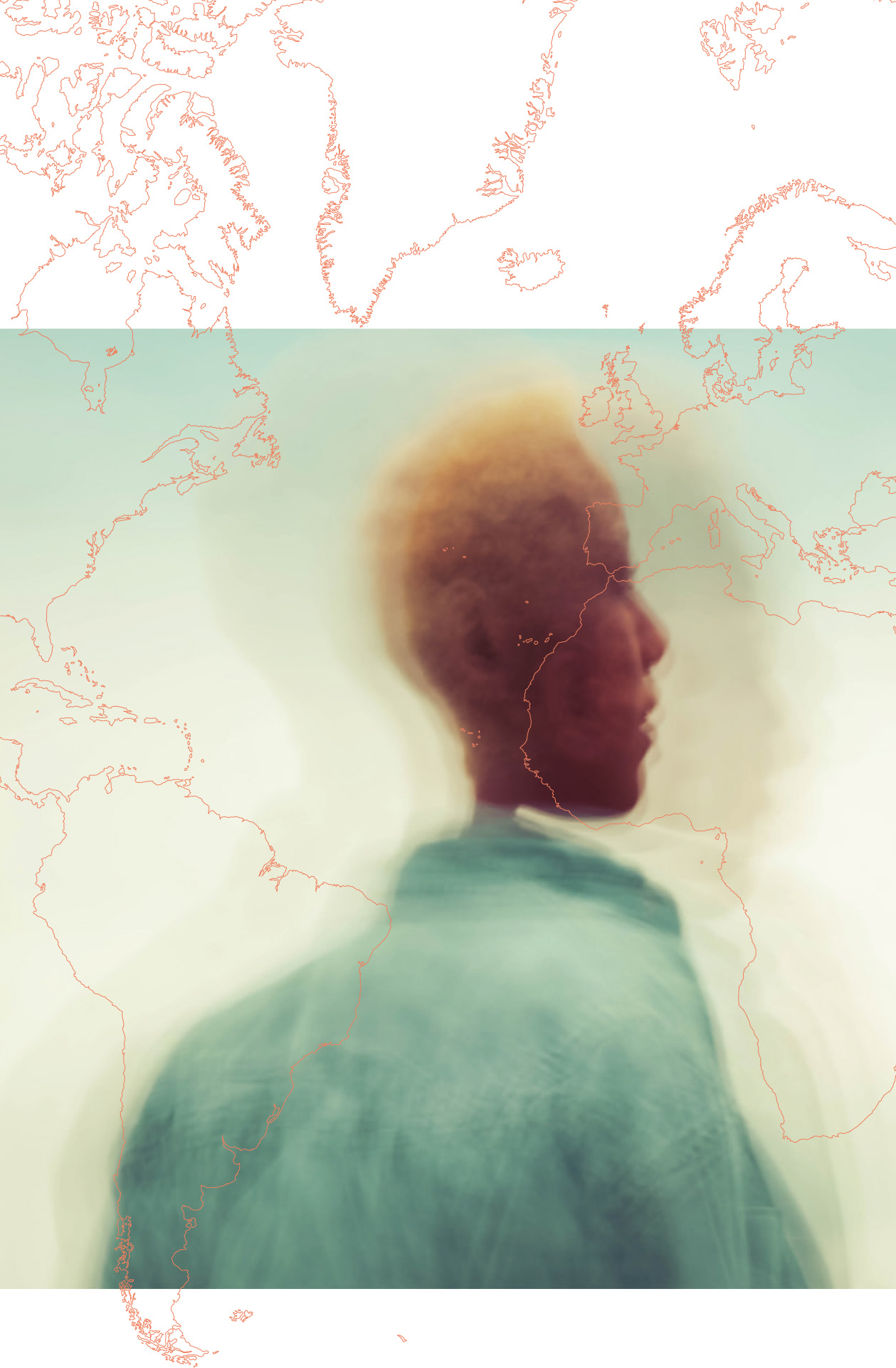
"This is pioneering work that we are doing here," says Peter Heutink about his new project - although the professor of genome biology at the DZNE in Tübingen is actually a man of quiet tones. But he is overseeing a global study in Tübingen that is raising hopes for a therapy for Parkinson's disease: "We will be examining the genes of 150,000 test subjects from all over the world," Peter Heutink announces. "What fascinates me about genetic research," says the native Dutchman, "is the possibility of using it to find risk factors for disease at a very early age."
Certain genetic predispositions already reveal in newborns that a disease will one day break out in them - and that opens up the chance of timely treatment. Early on, Peter Heutink specialized in those genes that trigger Parkinson's disease - the condition that causes damage to the brain, making patients tremble noticeably and limiting their mobility. Other serious symptoms, such as disturbances in bladder and bowel function, and even dementia can develop. To date, there is no cure for the disease.
Searching the genome
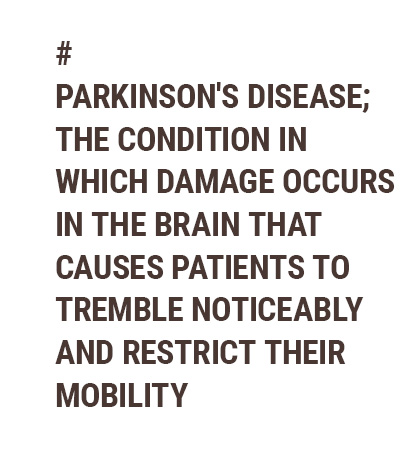
"There are two types of Parkinson's disease," explains Peter Heutink: On the one hand, there is the hereditary form, in which specific genetic defects are passed on from generation to generation. However, these hereditary factors account for only a small proportion of Parkinson's patients. Far more frequently - in 90 to 95 percent of cases - the disease develops out of the blue in the course of life; researchers therefore refer to it as a "sporadic disease". Mutations in genes or environmental factors such as toxins play a role - but researchers do not yet know what exactly triggers Parkinson's and how the disease affects the nerve cells. And as long as there are no findings in this area, it is conceivably unlikely that ways to find a cure will be found.
"At the beginning of my research, the technology with which genes could be identified and studied was not as sophisticated as it is today," Peter Heutink recalls. Together with his colleagues, he devoted himself primarily to the hereditary form of Parkinson's disease - at that time still in the Netherlands. In this hereditary form, ten genes are known to play a role in the onset of the disease. "For the last 15 years or so, however, we have had much better technical possibilities. Now we can study far more genes, analyze their possible mutations and compare the genetic material of sick and healthy patients on a much larger scale." This opens up the opportunity to specifically search for those predispositions that trigger the sporadic form of Parkinson's disease. 90 genes have already been identified here. But, "These 90 genes can only explain a quarter of the genetic risk." Accordingly, three quarters of the genetic factors are still undiscovered.
A global project
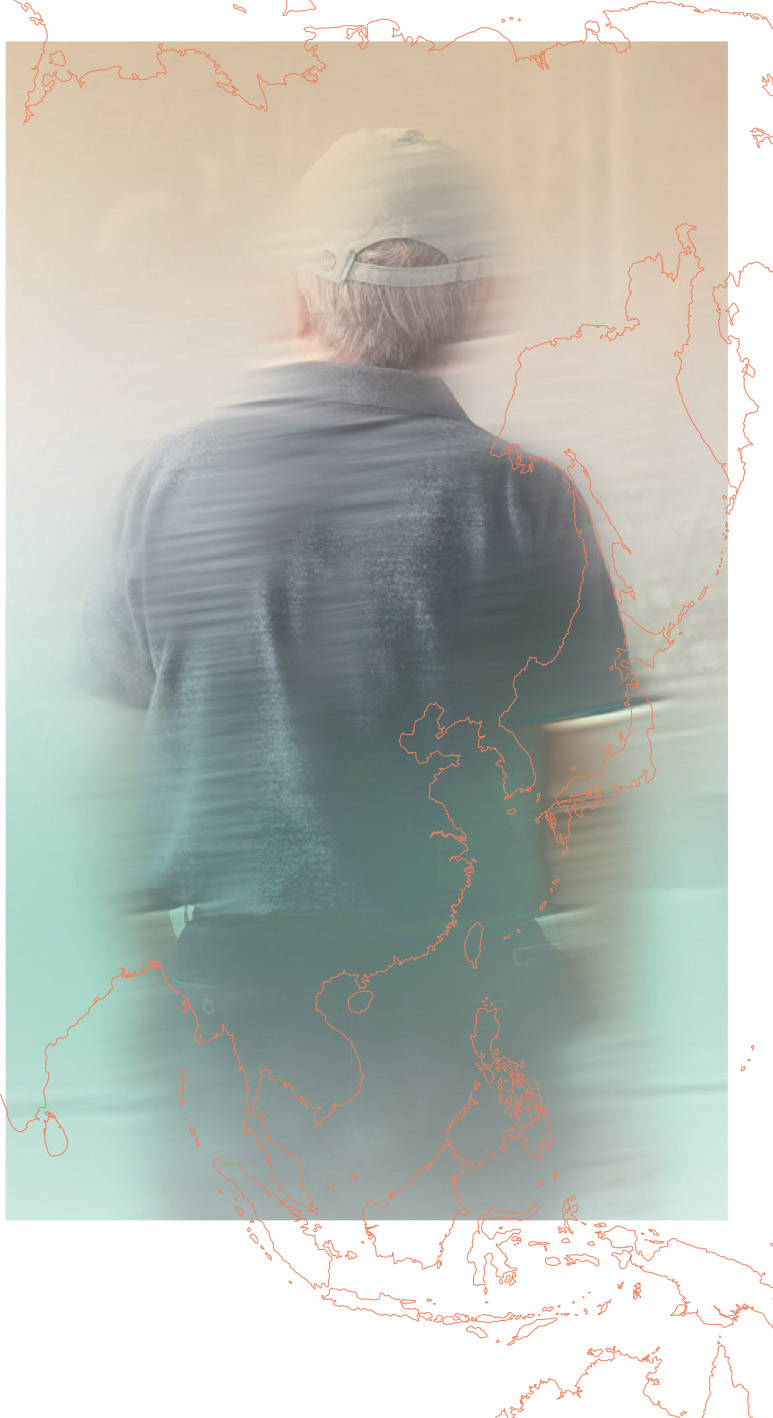
This is where the massive study, which Heutink calls pioneering, comes in. "The Global Parkinson's Genetics Program (GP2)" is the name of the project, which is unique in its scope: Over the next few years, an international team of scientists will gradually take blood samples from 150,000 test subjects and map their genome. This will generate a huge amount of data in which highly specialized software can be used to search for patterns: For example, are there genes and mutations that occur in many Parkinson's patients? Perhaps there is a trail leading to further triggers of the insidious disease. Such a detailed study would not have been technically possible at all just a few years ago.
"What is particularly important to me is the little word 'global' in the title of the study," emphasizes Peter Heutink, who is a member of the top-class steering group: "So far, 95 percent of all Parkinson's studies have worked with data from patients in northern Europe and the United States. This means that findings about the disease are essentially limited to people of European origin, even though they are, after all, in the minority worldwide." The research team is therefore now deliberately focusing on data from subjects from regions that have been largely ignored - for example, South America, Africa, Southeast Asia and Australia. "Underrepresented populations" is what Peter Heutink calls this group of people from his scientific perspective, and the risk of disease varies depending on the population. The research approach simply opens up new avenues in research and therapy.
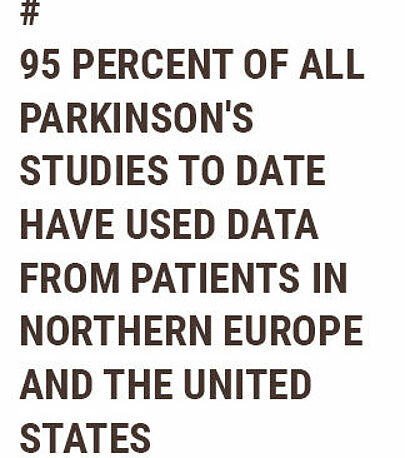
"In the past, it was assumed that a pill would work equally well for every patient. In the meantime, we have come to the hard realization from genetics: You can forget it!" Personalized medicine, in which each patient receives a treatment tailored exactly to his or her needs, is much more efficient - and the GP2 study is likely to be an important step along the way. The Tübingen site of the DZNE plays a central role in the evaluation: This is where the genome data sets of many subjects from all over the world converge. Many of them are evaluated directly here; often the experts from Tübingen also support their colleagues in other countries with the analysis. As many people as possible should benefit from the know-how that his working group has gained over many years. "In Corona times, we exchange information via videoconference; afterwards, we will certainly meet more often in person," says Peter Heutink.
Foundations for therapies
The work is scheduled to last five years, and the project was launched in 2020. It is therefore too early to take stock, but Peter Heutink is repeatedly confronted with one question: How likely is it that a therapy for Parkinson's patients can ultimately be developed from the GP2 study? The researcher from Tübingen puts the brakes on expectations - one is at the stage of basic research and the results of the study would certainly initially raise further questions. But Heutink also says, "You have to ask these fundamental questions to find a solution." For him, one thing is certain: "Future therapeutic methods for treating Parkinson's will be based largely on findings from genetics." The study, it is hoped, could provide valuable starting points for this. This is also what drives Peter Heutink in his daily work. He sometimes thinks of a colleague he met as a young researcher in the Netherlands, he says: "He didn't work on Parkinson's, but on another disease. At the beginning of his career, he found a gene that was related to it. When he retired, a therapy was just emerging that was based on it. If I can do the same thing with Parkinson's, then I'll be a happy person!"
From: DZG-Magazin Synergie #1/2021 - Text: Kilian Kirchgeßner
Germany can be proud of this network.
The German Centers for Health Research work closely together to share experience and exploit synergies. In this way, they aim to develop better therapies and diagnostic procedures for the major common diseases. The German Centers of Health Research are funded by the BMBF and the host states.
The research magazine "SYNERGIE - Research for Health" of the German Centers for Health Research is published twice a year as a printed edition in German and can be subscribed to at info(at)dzg-magazin.de.

